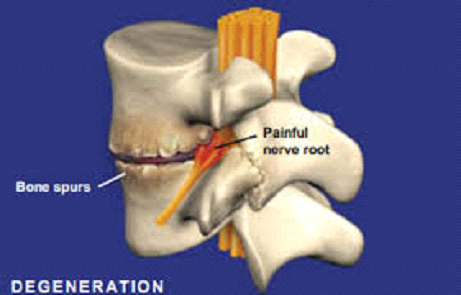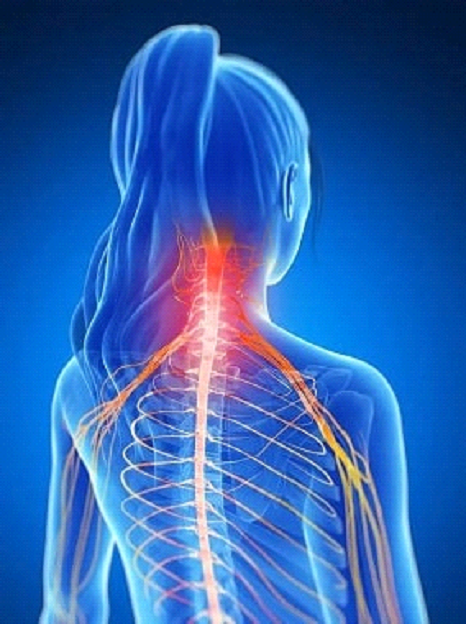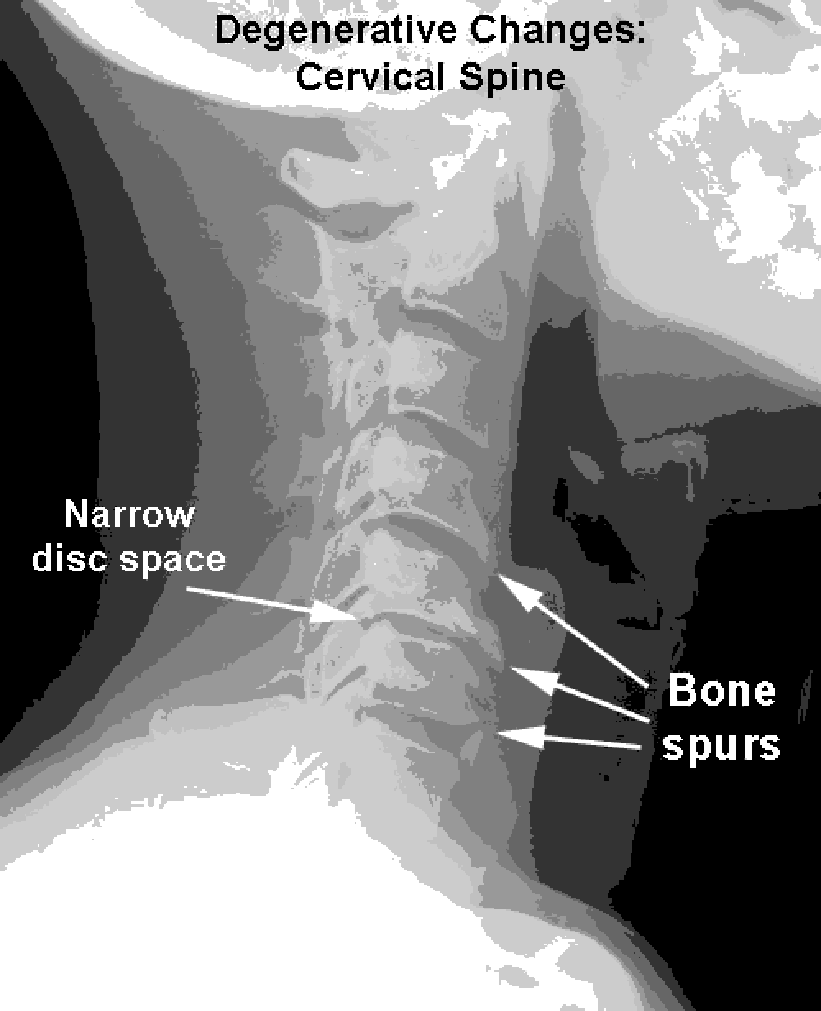The neck is made up of 7 bones (cervical vertebrae) separated by soft discs and supported by ligaments and muscles. These structures allow movement and protect the spinal cord and nerves. Over time, these discs and joints may wear out — this is called Cervical Spondylosis (neck osteoarthritis).




1. Pain Relief
2. Activity Modifications
3. Posture Care

How to sleep
Follow sleeping advice with proper pillows
Avoid sleeping face-down

4. Exercises & Physiotherapy
Start gentle movement and stretching as soon as pain settles:
Follow a 3–6 month structured program provided by your physiotherapist or rheumatology clinic video

Surgery is rarely required but may be considered if:
Cervical Spondylosis is a very common condition, especially as we age.
With good posture, activity modification, and regular exercises, most patients can control symptoms and avoid complications.
Early care is the key to staying pain-free and active.

Contact us
© 2025 rheumatology
Design by PrideCC